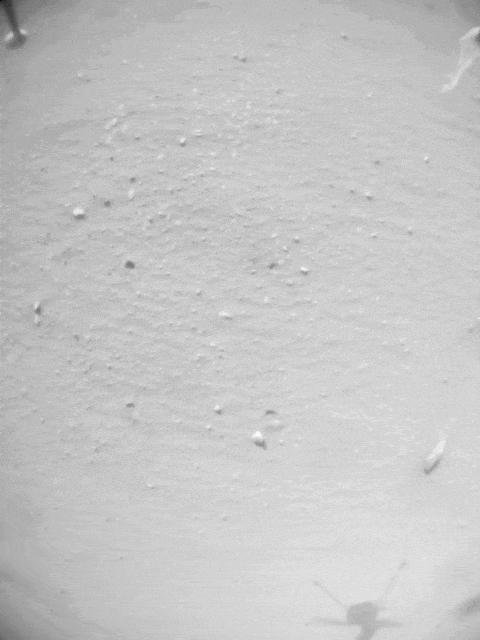The Mars helicopter Ingenuity has made it through a difficult winter and is back to flying, recently completing its 33rd flight since it landed on Mars along with the Perseverance rover in February 2021. The helicopter has been making gradually further flights since it came back into operations following a break from June to August, completing flight 31 on September 6, followed by flight 32 on September 17 and flight 33 on September 24.
For flight 33 the helicopter covered over 111 meters in just under a minute, with the helicopter heading toward the Jezero river delta to rejoin the Perseverance rover.
Over the weekend, #MarsHelicopter successfully completed Flight 33! The rotorcraft reached an altitude of 10 meters (33 ft) and traveled 111.24 meters (365 ft) in 55.2 seconds. If you look closely at this image, you’ll see Ingenuity’s leg and tiny shadow. pic.twitter.com/4UwPs1bAcV
— NASA JPL (@NASAJPL) September 27, 2022
There was an unexpected passenger along for part of this flight though, as a piece of unknown debris got itself caught around the helicopter’s leg. The foreign object debris (FOD) doesn’t seem to be from the helicopter, so it’s currently a mystery what it is made of and what its source could be.
The image below was taken by the helicopter’s navigation camera, called Navcam. You can just about see each of the helicopter’s top legs in the very corner of the image, which are two of the four legs that the helicopter sits on when it is on the ground. Attached to the leg on the right is a small piece of debris, which looks almost like it could be plastic, although NASA says it is not sure what the debris is or where it came from.

NASA confirmed that this piece of debris hadn’t been visible during the helicopter’s previous flight, Flight 32, so it seems to have been a recent addition. Fortunately, the debris detached itself from the helicopter’s leg and floated away back to the surface during the flight. You can see the full footage showing the debris falling on the NASA Ingenuity website.
“All telemetry from the flight and a post-flight search and transfer are nominal and show no indication of vehicle damage,” NASA wrote. “The Ingenuity and Perseverance Mars 2020 teams are working to discern the source of the debris.”



